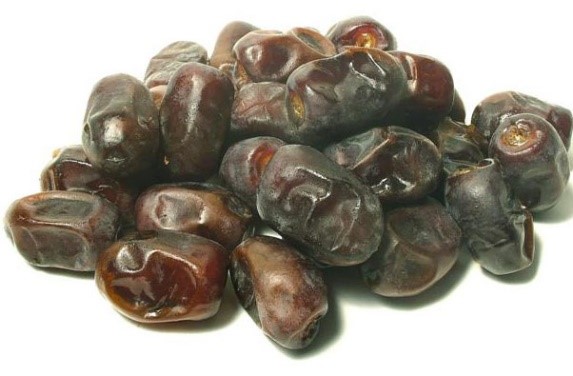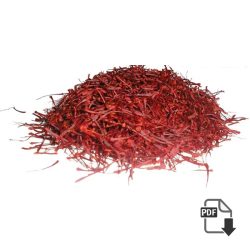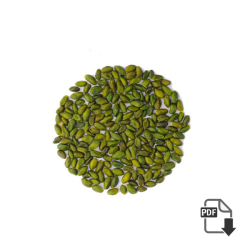About Hazelnut
Description Of Hazelnut :
The hazelnut is the nut of the hazel and therefore includes any of the nuts deriving from species of the genus Corylus, especially the nuts of the species Corylus avellana. It also is known as cobnut or filbert nut according to species. A cob is roughly spherical to oval, about 15–25 mm (0.59–0.98 in) long and 10–15 mm (0.39–0.59 in) in diameter, with an outer fibrous husk surrounding a smooth shell. A filbert is more elongated, being about twice as long as its diameter. The nut falls out of the husk when ripe, about 7 to 8 months after pollination. The kernel of the seed is edible and used raw or roasted, or ground into a paste. The seed has a thin, dark brown skin, which sometimes is removed before cooking.
Please for more information or any inquiry click here ……
Hazelnuts are used in confectionery to make praline and are also used in combination with chocolate for chocolate truffles and products such as Nutella and Frangelico liqueur. Hazelnut oil, pressed from hazelnuts, is strongly flavored and used as a cooking oil. Turkey is the world’s largest producer of hazelnuts.
Hazelnuts are rich in protein, monounsaturated fat, vitamin E, manganese, and numerous other essential nutrients
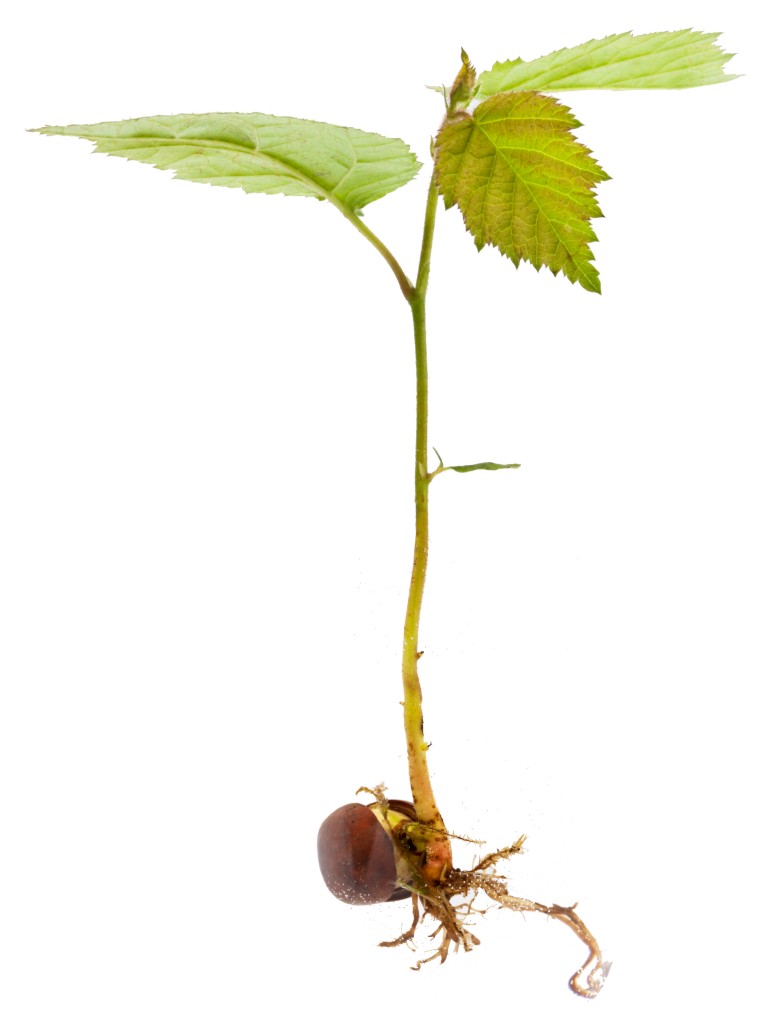
History:
In 1995, evidence of large-scale Mesolithic nut processing, some 8,000 years old, was found in a midden pit on the island of Colonsay in Scotland. The evidence consists of a large, shallow pit full of the remains of hundreds of thousands of burned hazelnut shells. Hazelnuts have been found on other Mesolithic sites, but rarely in such quantities or concentrated in one pit. The nuts were radiocarbon dated to 7720+/-110BP, which calibrates to circa 6000 BC. Similar sites in Britain are known only at Farnham in Surrey and Cass ny Hawin on the Isle of Man.
This discovery gives an insight into communal activity and planning in the period. The nuts were harvested in a single year, and pollen analysis suggests the hazel trees were all cut down at the same time. The scale of the activity and the lack of large game on the island, suggest the possibility that Colonsay contained a community with a largely vegetarian diet for the time they spent on the island. The pit was originally on a beach close to the shore and was associated with two smaller, stone-lined pits whose function remains obscure, a hearth, and a second cluster of pits.
The traditional method to increase nut production is called ‘brutting’, which involves prompting more of the trees’ energy to go into flower bud production, by snapping, but not breaking off, the tips of the new year shoots’ six or seven leaf groups from where they join with the trunk or branch, at the end of the growing season. The traditional term for an area of cultivated hazelnuts is a plat.

Edible uses:
Ferrero SpA, the maker of Nutella and Ferrero Rocher, uses 25% of the global supply of hazelnuts. Hazelnuts are used in confections to make pralines, chocolate truffles, and hazelnut paste products. In Austria, hazelnut paste is an ingredient for making tortes, such as Viennese hazelnut torte. In Kyiv cake, hazelnut flour is used to flavor its meringue body, and crushed hazelnuts are sprinkled over its sides. Dacquoise, a French dessert cake, often contains a layer of hazelnut meringue. Hazelnuts are used in Turkish cuisine and Georgian cuisine; the snack churchkhela and sauce satsivi are used, often with walnuts. Hazelnuts are also a common constituent of muesli. The nuts may be eaten fresh or dried, having different flavors.
Controversy:
Nearly three-quarters of the world’s hazelnuts come from Turkey, where illegal child labor is common. Nutella came under pressure after a BBC investigation found that child labor is used on many hazelnut farms in Turkey – the spread’s main supplier. Its parent company Ferrero has stated while it does run programs aimed at removing child workers from farms, the complexity of the supply chain means it is unable to say with certainty whether or not any pick some of its hazelnuts.
Cultivars:
The many cultivars of the hazel include ‘Atababa’, ‘Barcelona’, ‘Butler’, ‘Casina’, ‘Clark’, ‘Cosford’, ‘Daviana’, ‘Delle Langhe’, ‘England’, ‘Ennis’, ‘Halls Giant’, ‘Jemtegaard’, ‘Kent Cob’, ‘Lewis’, ‘Tokolyi’, ‘Tonda Gentile’, ‘Tonda di Giffoni’, ‘Tonda Romana’, ‘Wanliss Pride’, and ‘Willamette’. Some of these are grown for specific qualities of the nut, including large nut size, or early or late fruiting, whereas others are grown as pollinators. The majority of commercial hazelnuts are propagated from root sprouts. Some cultivars are of hybrid origin between common hazel and filbert.
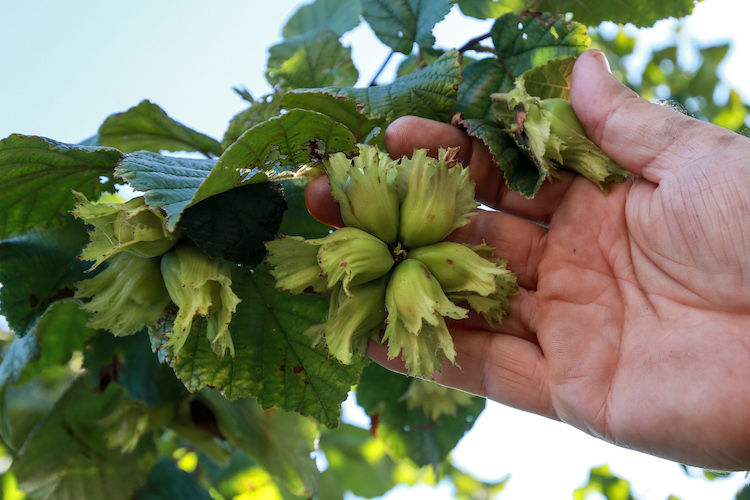
Harvesting Hazelnuts:
Hazelnuts are harvested annually in mid-autumn. As autumn comes to a close, the trees drop their nuts and leaves. Most commercial growers wait for the nuts to drop on their own, rather than using equipment to shake them from the tree. The harvesting of hazelnuts is performed either by hand or, by manual or mechanical raking of fallen nuts.
Four primary pieces of equipment are used in commercial harvesting: the sweeper, the harvester, the nut cart, and the forklift. The sweeper moves the nuts into the center of the rows, the harvester lifts and separates the nuts from any debris (i.e. twigs and leaves), the nut cart holds the nuts picked up by the harvester, and the forklift brings a tote to offload the nuts from the nut cart and then, stacks the totes to be shipped to the processor (nut dryer).
The sweeper is a low-to-the-ground machine that makes two passes in each tree row. It has a 2 m (6 ft 7 in) belt attached to the front that rotates to sweep leaves, nuts, and small twigs from left to right, depositing the material in the center of the row as it drives forward. On the rear of the sweeper is a powerful blower to blow material left into the adjacent row with air speeds up to 90 m/s (300 ft/s). Careful grooming during the year and patient blowing at harvest may eliminate the need for hand raking around the trunk of the tree, where nuts may accumulate. The sweeper prepares a single center row of nuts narrow enough for the harvesting tractor to drive over without driving on the center row. It is best to sweep only a few rows ahead of the harvesters at any given time, to prevent the tractor that drives the harvester from crushing the nuts that may still be falling from the trees. Hazelnut orchards may be harvested up to three times during the harvest season, depending on the quantity of nuts in the trees and the rate of nut drop as a result of weather.
The harvester is a slow-moving machine pushed by a tractor, which lifts the material off the ground and separates the nuts from the leaves, empty husks, and twigs. As the harvester drives over the rows, a rotating cylinder with hundreds of tines rakes the material onto a belt. The belt takes the material over a blower and under a powerful vacuum that sucks any lightweight soil and leaves from the nuts and discharges them into the orchard. The remaining nuts are conveyed into a nut cart that is pulled behind the harvester. Once a tote is filled with nuts, the forklift hauls away the full totes and brings empty ones back to the harvester to maximize the harvester’s time.
Two different timing strategies are used for collecting the fallen nuts. The first is to harvest early when about half of the nuts have fallen. With less material on the ground, the harvester can work faster with less chance of a breakdown. The second option is to wait for all the nuts to fall before harvesting. Although the first option is considered the better of the two, two or three passes do take more time to complete than one. Weather also must be a consideration. Rain inhibits harvest and should a farmer wait for all the nuts to fall after a rainy season, it becomes much more difficult to harvest. Pickup also varies with how many acres are being farmed as well as the number of sweepers, harvesters, nut carts, and forklifts available.
Production:
In 2017, the world production of hazelnuts (in shells) was one million tonnes. Turkey produced 67% of the world’s total, followed by Italy, Azerbaijan, the United States, China, and Georgia.
In the United States, Oregon accounted for 99% of the nation’s production in 2014, having a crop value of $129 million that is purchased mainly by the snack food industry. The expansion of hazelnut production in Ontario, Canada occurred in 2017.
In the southern hemisphere, Chile was the largest producer of hazelnuts in 2015, with most of the production exported to Europe and the United States. In 2016, Chile exported 6,500 tonnes of hazelnuts.
In the United Kingdom, hazelnuts are sometimes referred to as cobnuts, for which a specific cultivated variety – Kent cobnuts – is the main variety cultivated in fields known as plats, hand-picked, and eaten green. According to the BBC, a national collection of cobnut varieties exists at Roughway Farm in Kent.
Nutrients:
In a 100-gram reference amount, raw hazelnuts supply 2,630 kilojoules (628 kcal) and are a rich source (20% or more of the Daily Value, DV) of numerous essential nutrients (see table). Particularly in high amounts are protein, dietary fiber, vitamin E, iron, thiamin, phosphorus, manganese, and magnesium, all exceeding 30% DV (table). Several B vitamins have appreciable content. In lesser, but still significant amounts (moderate content, 10-19% DV), are vitamin K, calcium, zinc, and potassium (table). Hazelnuts are a significant source of total fat, accounting for 93% DV in a 100-gram amount. The fat components are monounsaturated fat as oleic acid (75% of total), polyunsaturated fat mainly as linoleic acid (13% of total), and saturated fat, mainly as palmitic acid and stearic acid (together, 7% of total).
Please for more information or any inquiry click here ……
other products
-
Whole dried apricot Special wholesale price + analysis + sale offer
This variety is very sweet with an orange color. Sulfur is added to whole dried apricots in order to maintain the natural color, prevent bug infestation, and increase preservation.
-
Dried lime Powder
Dried Lime: Producer area: Fars, Hormozgan How to store: Fresh dried lime is in mustard color and sour taste. Dried lime in big size and darker color is the one with high quality. It can be stored in dry place…
-
Dried Prune
Since time immemorial, dried plume has been reputed for its anti-conception properties. However its benefits have gone beyond this. Wishing to lose some weight, we highly recommend you to put dried plume to your diet, either in your food or…
-
Sargol Saffron | most economical saffron for import
Sargol Saffron | most economical saffron for import : sargol saffron consists only of Dark Red Stigma (thread) Tips. So. in other words all the white and orange parts are removed. This saffron is the second most expensive type of…

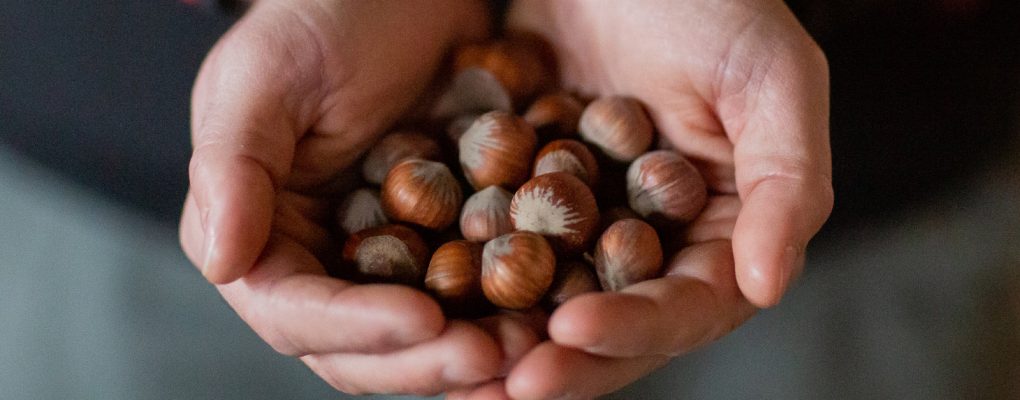
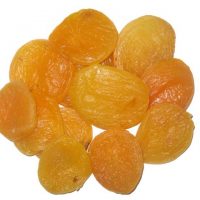
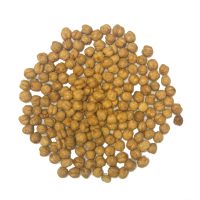
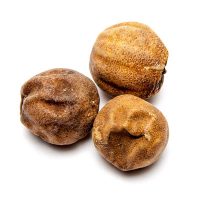
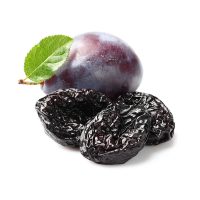
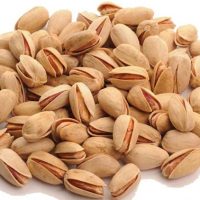
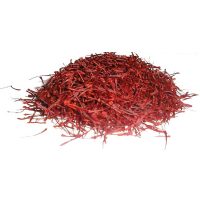
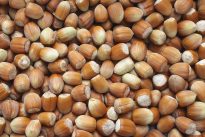

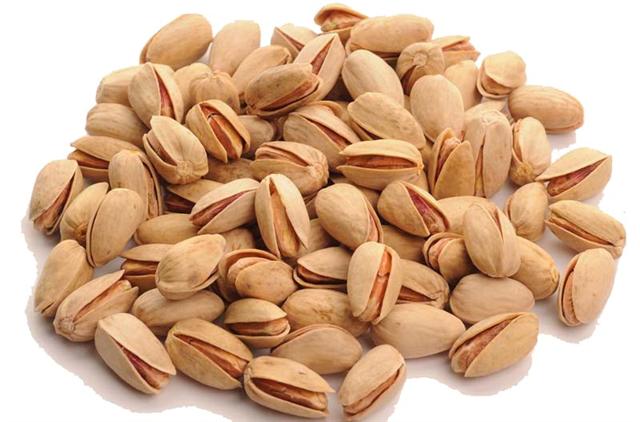
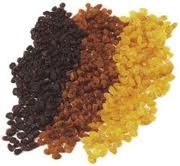 3 kind raisin
3 kind raisin 